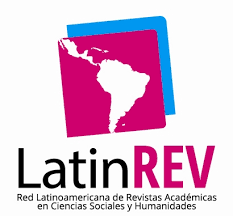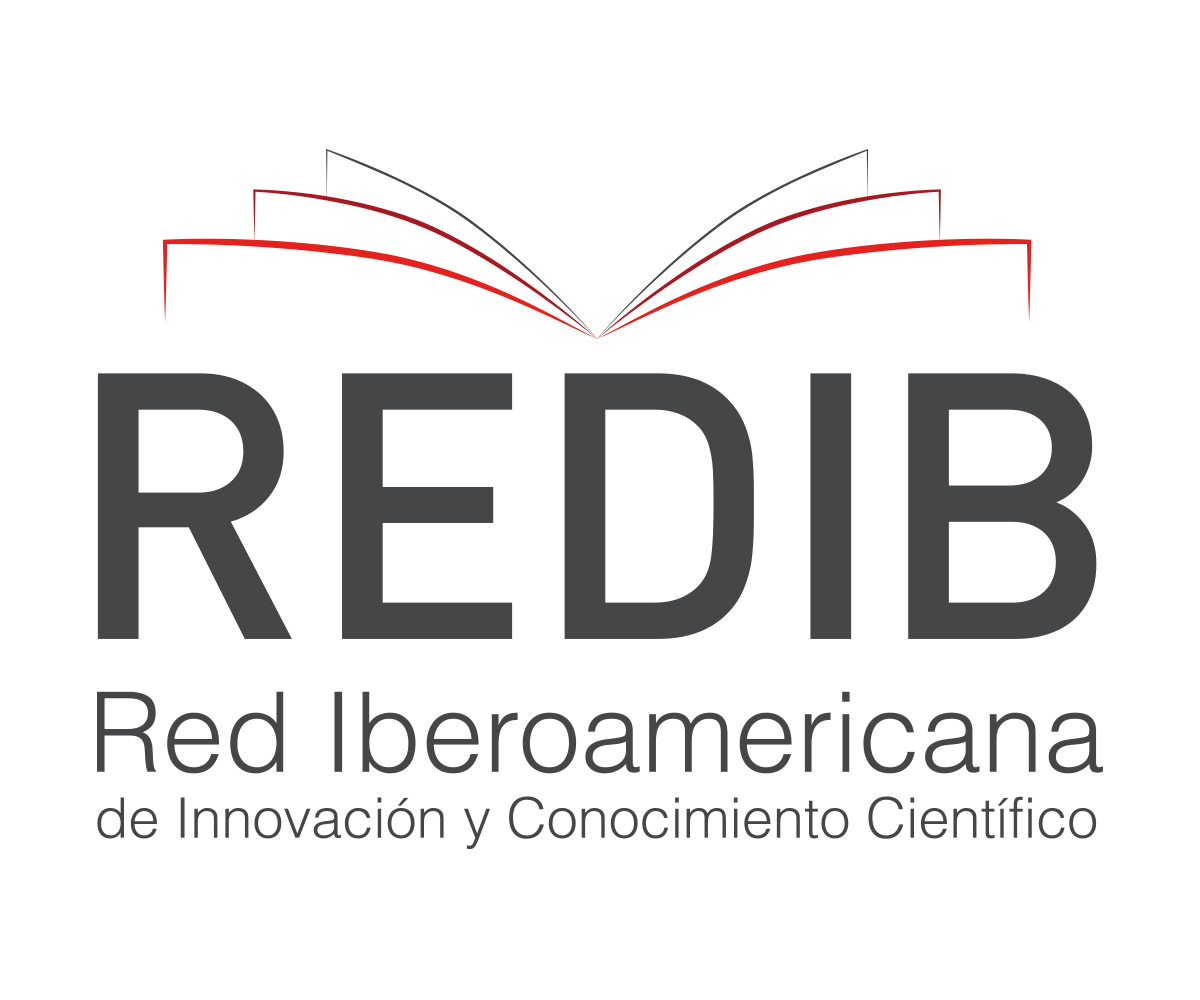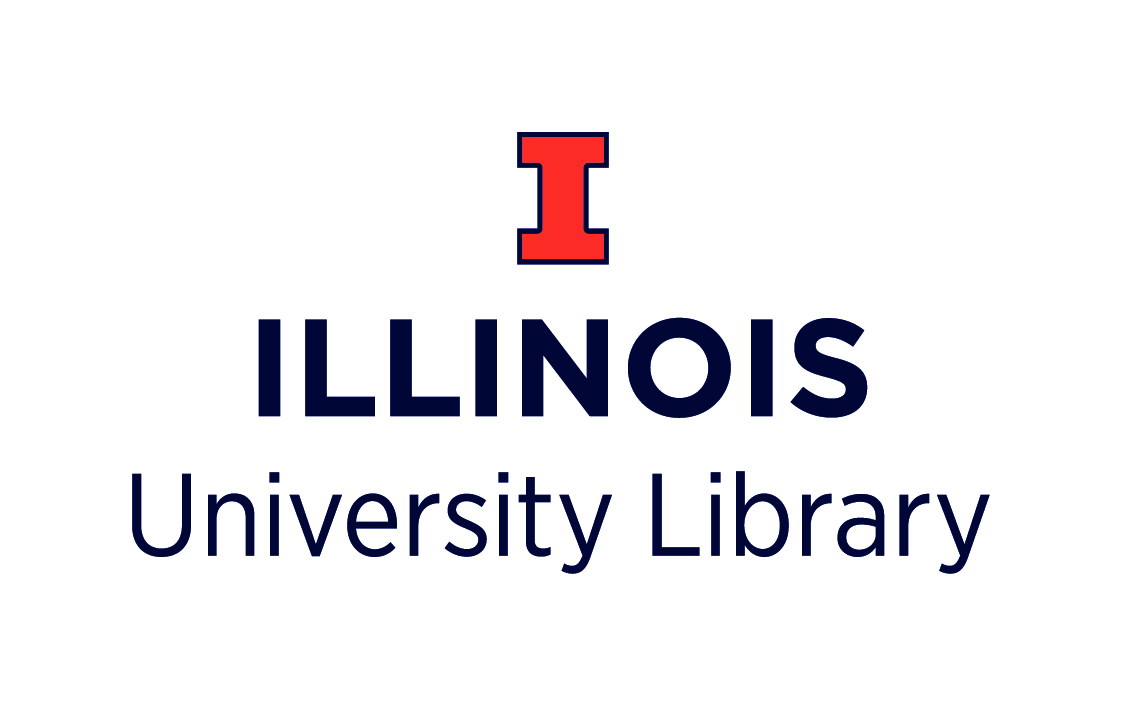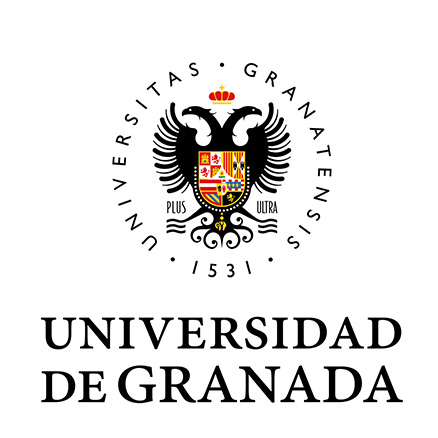Training for Teaching or Reflex Exercise?
DOI:
https://doi.org/10.5281/zenodo.7130057Keywords:
Higher Education, University Disciplinary Training, Teacher TrainingAbstract
This article is about the national discourse in higher education, particularly in the autonomous public universities, with the idea of putting in central paradox reflection observed regarding disciplinary training in undergraduate the graduate profile and field work on the one hand and, on the other hand, the practice of teaching in higher average educational levels and mainly higher in many cases without prior training required for this important task, leading to a replay of teaching experiences observed in his student, as a reflection exercise type. Without ignoring that this is a field with a high degree of complexity, this raises the possibility of constructing a scenario that allows, from a social responsibility of higher education institutions, strategies to anticipate improvement of teaching, as determinants of the edges in the student's education and hence the quality of education. The basis for the analysis has been the revision of two curricula of undergraduate educational programs of 22 universities in the country affiliated with the National Association of Colleges of Higher Education Institutions (ANUIES), with the focus directed to the presence or absence of a learning or pedagogical education to enable graduates of various university properly inroads in the field of teaching.
Metrics
References
Anuies (2006). Consolidación y avance de la educación superior en México.Elementos de diagnóstico y propuestas, México.
Anuies. Directorio Nacional de Instituciones de Educación Superior.
Bromberg, A., Eugenia Kirsanov y Martha Longueira (2007). Formación profesional docente. Nuevos enfoques, Buenos Aires: Bonum.
Cruz, A., (1988). Cápsulas motivacionales, México: Diana.
Díaz Barriga Arceo, F. y G. Hernández Rojas (1999). Estrategias docentes para un aprendizaje significativo. Una interpretación constructivista. Segunda edición, México: McGraw-Hill.
Hawes B. Gustavo y D. Donoso (2003). Currículum universitario. Características, construcción, instalación. Documento de trabajo 2003/03, Universidad de Talca.
Rojas B. G. (2005). Modelos universitarios. Los rumbos alternativos de la universidad y la innovación, México: UAM y FCE.
Rueda, M. (2008). “La evaluación del desempeño docente en las universidades públicas de México”, Revista Iberoamericana de Evaluación Educativa 2008, vol. 1, núm. 3.
Salas, M. W. (2005). Evaluación de la calidad y cantidad del desempeño de los docentes de la Universidad Veracruzana. Diagnóstico para su mejoramiento, Xalapa: Universidad Veracruzana.
Sánchez, C. y otros (2007). La responsabilidad social universitaria (RSU) en el contexto del cambio de la educación superior, Brasil-Virtual Educa: UNAM.
Schulmeyer, A. (2002). Estado actual de la evaluación docente en trece países de América Latina, UNESCO: Brasilia.
Published
How to Cite
Issue
Section
License

This work is licensed under a Creative Commons Attribution-NonCommercial-ShareAlike 4.0 International License.
This journal adheres to the Creative Commons license in the definition of its policy of open access and reuse of published material, in the following terms:
- Accessibility to articles and other publications in whole or in part under the concept of copying, distribution, public communication , interactive access (through the Internet or other means), explicitly maintaining the recognition of the author or authors and the journal itself (authorship acknowledgment).
- Warning that if the articles are remixed, modified or fragments used in other creations, the modified material cannot be distributed, nor is it allowed to reconstruct versions from the original published articles (derived works).
- The use of the contents of the published articles, in whole or in part, for profit (non-commercial recognition) is prohibited.
The author retains copyright, transfers or grants exclusive commercial rights to the publisher, and a non-commercial license is used.














